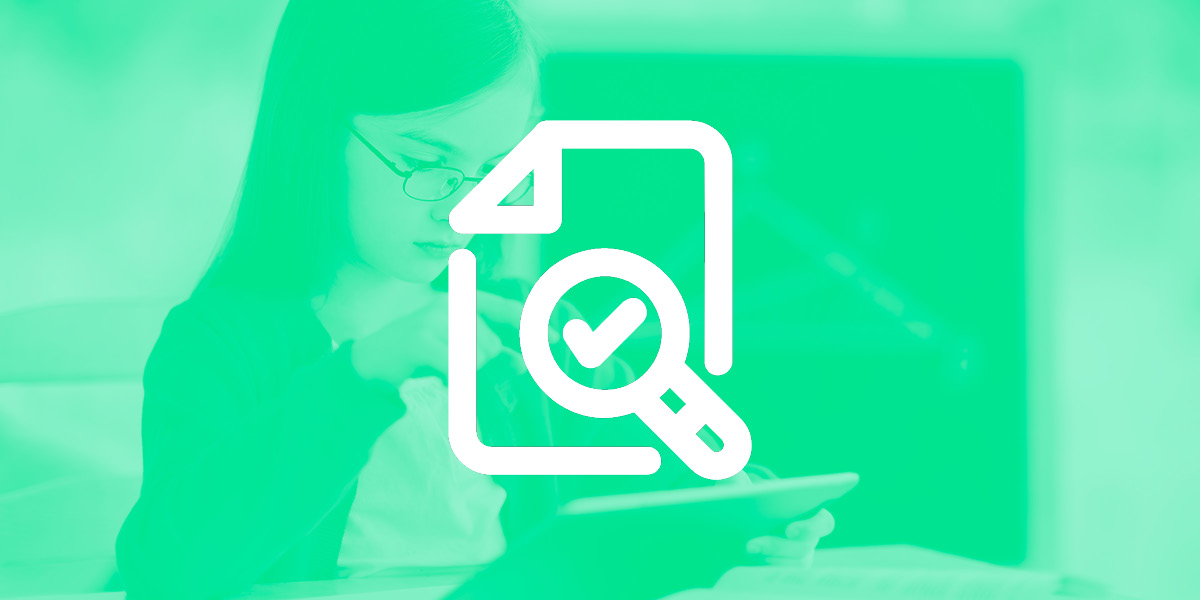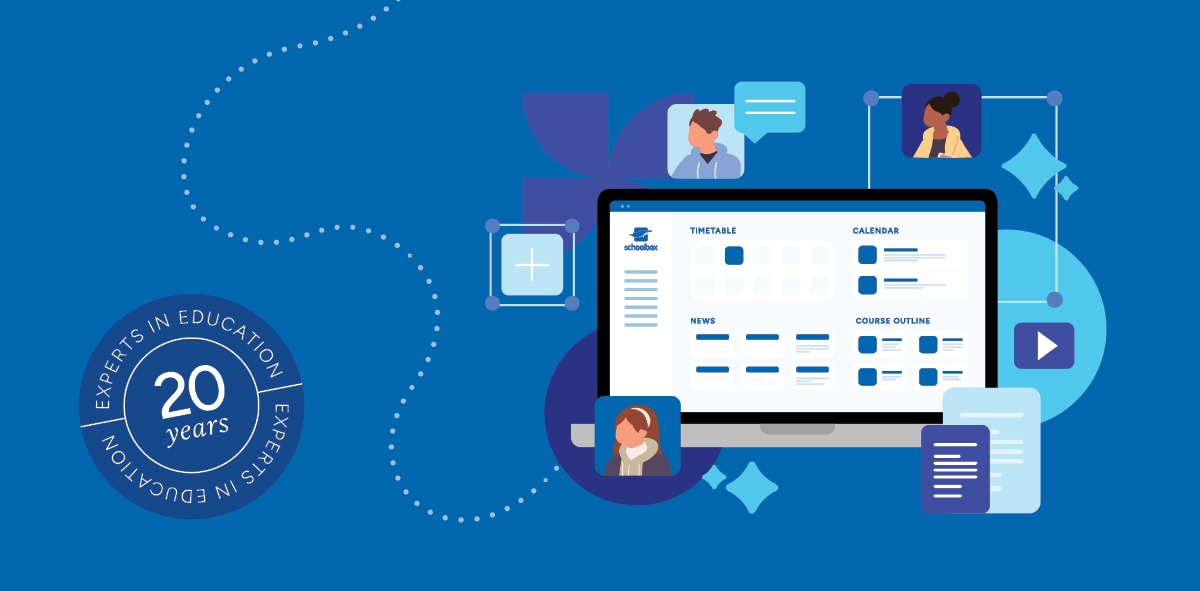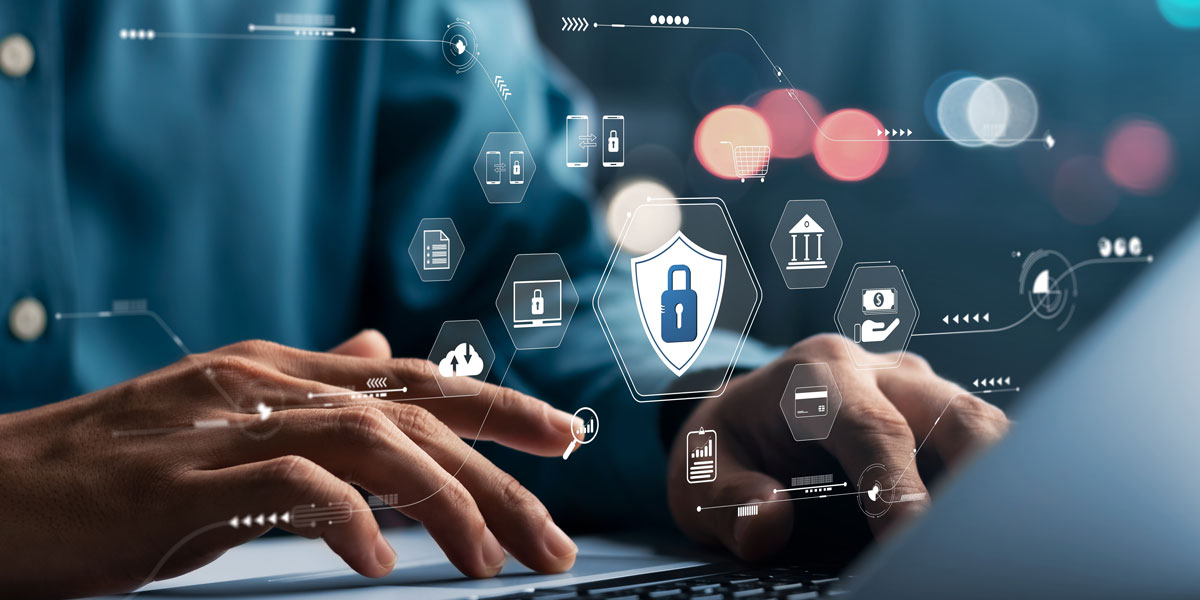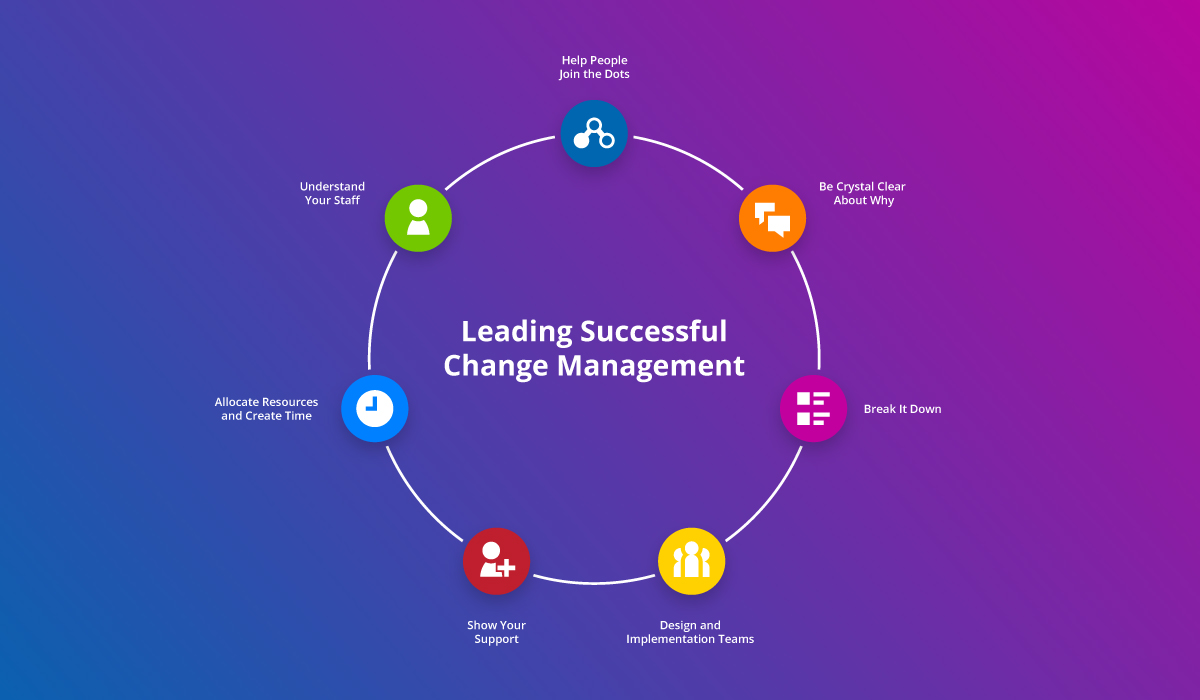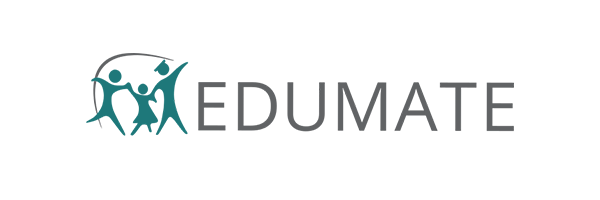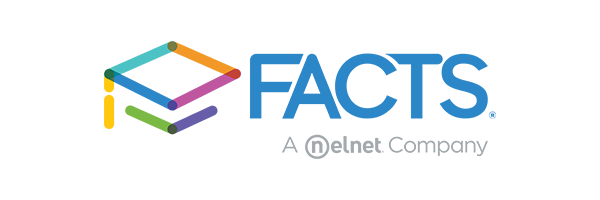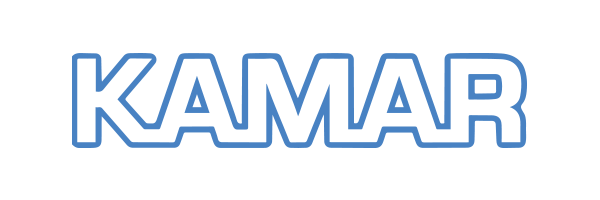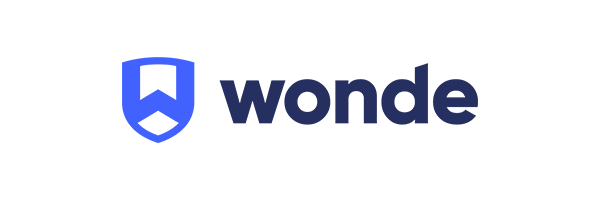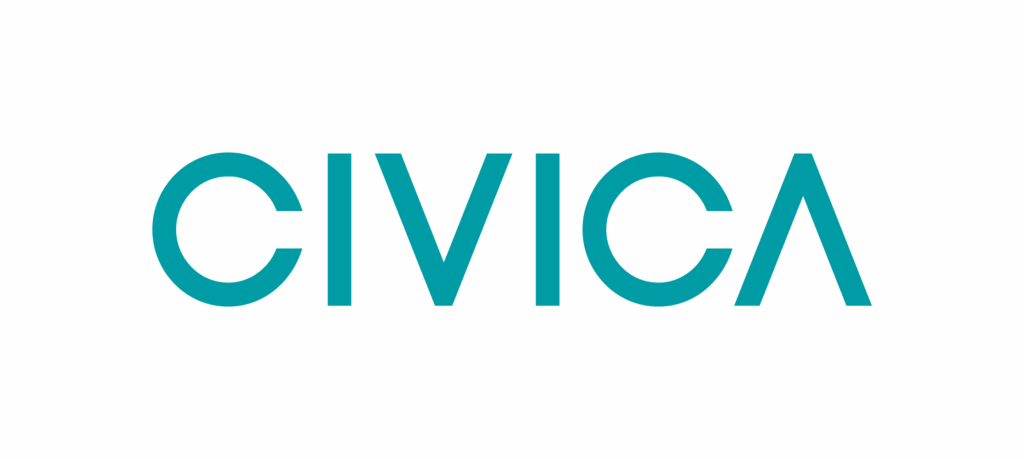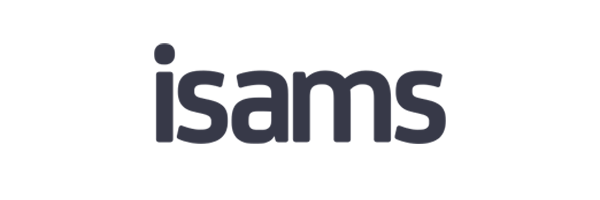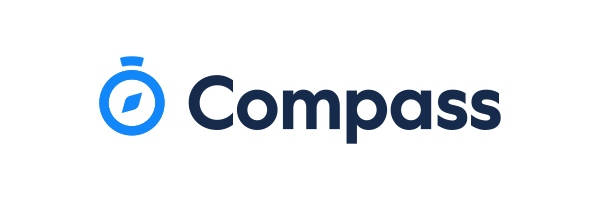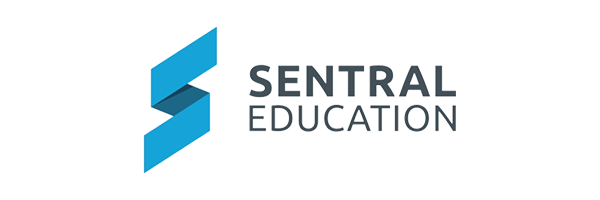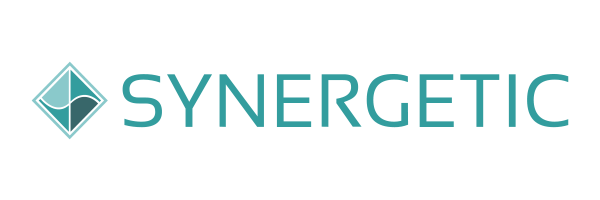Self-assessment and self-reflection is used in education to enhance a student’s learning potential and educational outcomes. This blog looks at the definition, purpose and benefits of self-assessment and self-reflection in education. It also provides strategies to implement self-assessment and self-reflective tasks in the classroom.
Self-assessment and self-reflection is a powerful way to enhance a student’s learning experience. It plays an important role in teaching students not just what to learn, but also how they learn and what they can do to improve their learning outcomes. By incorporating tasks that require students to critically reflect on their work, processes and learning style; they are given the opportunity to identify gaps in their knowledge or skill set and achieve greater autonomy and deeper learning and metacognition.
What does Self-Assessment and Self-Reflection involve
Self-assessment and self-reflection involves students reviewing their work and reflecting on their learning progress. This helps students participate in and take ownership of their own learning.
Through self-assessment and self-reflection, students can:
- Evaluate their work against a set of criteria.
- Track their learning progress.
- Identify areas of strengths and weaknesses in their skill set and knowledge.
- Set realistic learning goals.
- Reflect on their learning style and processes.
- Act on feedback given from their teacher or peers to improve performance.
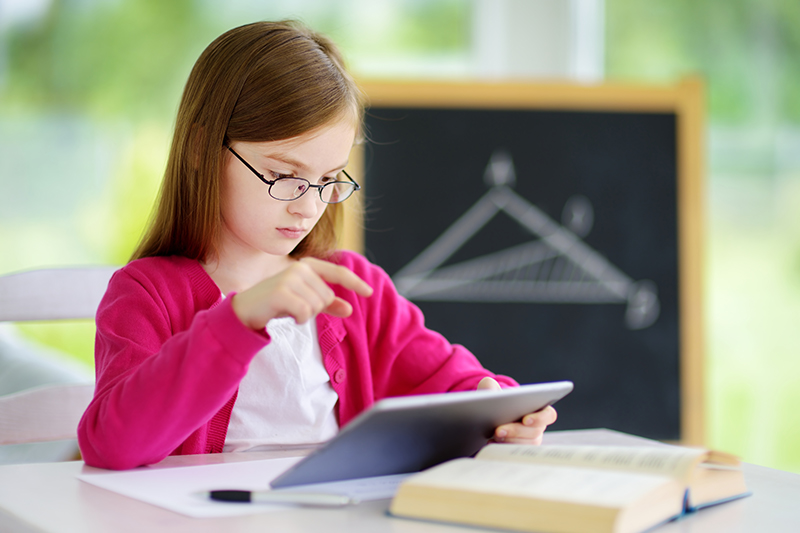
Examples of Self-Assessment Tasks in the K-12 Classroom
Providing opportunities for students to reflect on their work and processes is a valuable way to enhance the learning journey. With the support of a Learning Management System, there are a number of self-assessment and reflective strategies and tools you can implement to help students progress their learning.
Rubrics
Rubrics are a powerful tool for self-assessment as they outline the objectives and expectations for an assignment. A set of criteria is presented in a table format with clear descriptions that show levels of achievement against each criteria, so a student is provided with the information on what skills and knowledge they need to demonstrate to meet a certain criteria.
The Schoolbox Learning Management System includes an abundance of tools to create and write quality rubrics for K–12 students. You can create rubrics that include capabilities and indicators that give specific instructions and feedback to your students. Prior to starting an assignment, a teacher can explain the rubric and its terminology to students so they understand what they need to do to achieve a certain performance level. This process acts as a powerful self-reflection tool as a learner can then continue to use the rubrics as a guide, to monitor and evaluate their learning progress, as they complete the assessment task.

ePortfolio
ePortfolio is another feature in Schoolbox that provides an electronic format for students to record and share their work, reflect on their learning and receive feedback. Within these bodies of work, student achievement is recognised but so too are the learning journeys they embark upon. With the help of a Learning Management System, students can record video, audio, images and text to show the learning process, as well as the final product. Capturing this learning journey provides an opportunity to reflect on their time management skills, processes and the overall outcome of an assessment task.
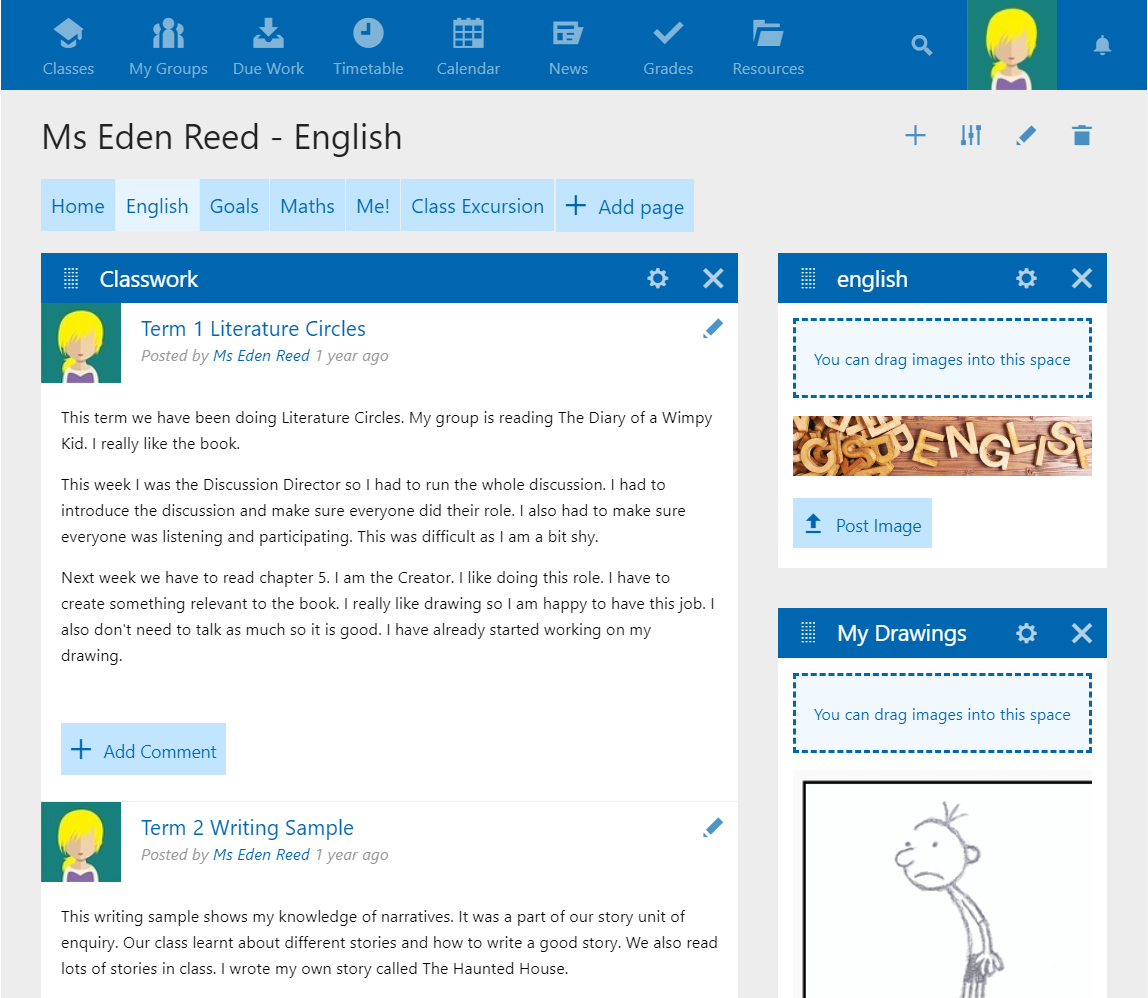
By having access to these online tools, students are better positioned to take responsibility for their learning and apply this feedback to future tasks. The online nature of the ePortfolio also means a student can carry their body of work throughout their learning journey and can use it to evaluate, record and reflect on at anytime both in and out of the school classroom.
Peer assessment and collaboration
Peer-assessment tasks are another excellent way for students to practise reviewing work, using assessment criteria. This helps to develop skills that can be applied when evaluating their own projects. It also provides a great opportunity for students to seek other points of view and reflect on the feedback their peers have given them. This task can be implemented before students need to submit their work to their teacher – allowing them time to make improvements before the due date.
With a Learning Management System, there is also the opportunity for student collaboration to occur online. Tools such as collaborative documents, forums and social streams, allow multiple students to contribute to discussions and provide feedback on group and individual student work. Students can even create online polls, surveys and forms to gather further information. This means students can receive valuable feedback and results in real time.
How to Introduce Self-Reflection to Your Students
In order for students to become self-directed, reflective learners, they must understand the learning journey their teachers expect them to embark upon. This learning journey can be readily facilitated within a Learning Management System through the use of ‘tasks’. These are online activity lists which communicate learning activities and expected due dates. Students can access the list in or outside the classroom and tick each task off after completion. This approach offers a great way for students and teachers to track pace, progress and reflect on their learning so far. Schoolbox also offers a transparent due work calendar for students, staff, and parents, which helps students to stay on top of their learning goals.
Teachers can set up self-assessment quizzes that can be automarked after completing an activity. Using this tool, students can identify gaps in their knowledge and then review content if they are unsure about something.
Online journals are another great reflection tool. Students can create online documents, videos or audio files that include information on their learning goals and development. This journal can be shared with teachers and parents to communicate progress and seek timely feedback. Annotations by the teacher can be responded to by students and a rich learning dialogue can take place. This continuous feedback loop works to enhance the student experience and improve learning outcomes.
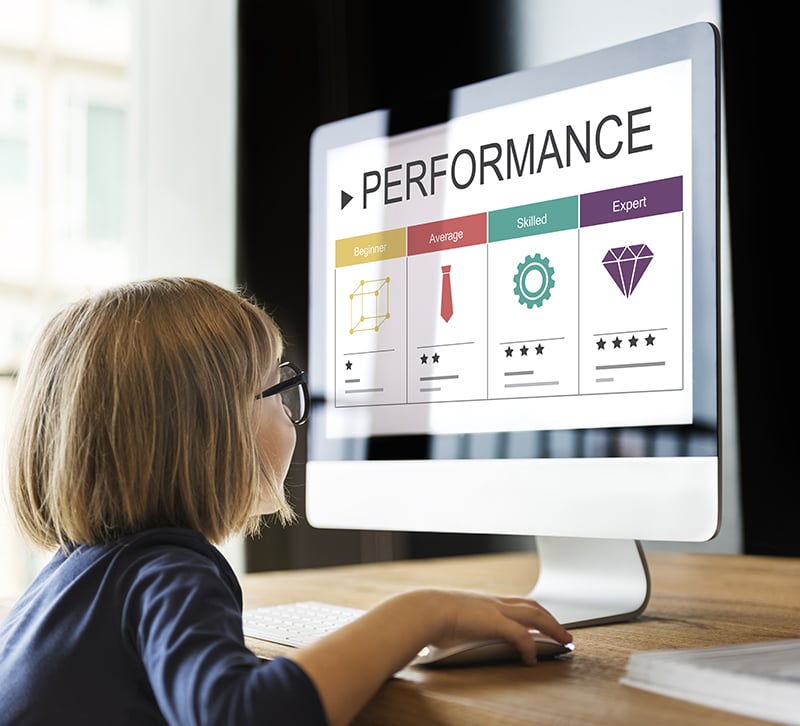
Learning Management Systems offer meaningful opportunities for self-assessment and self-reflection in education. Through a variety of different tools, including rubrics, tasks and ePortfolios, a student is empowered to critically reflect upon their own learning and take steps to improve and progress their own knowledge and skills.
If you would like to learn more about implementing self-assessment and self-reflective tools for your school, talk to the Schoolbox Team today.
Andrew Norwood is the Director of Digital Learning at a K–12 school and teaches Digital Technologies. A specialist in Learning Management Systems, Andrew aims to ensure teachers are fully supported in their use of digital technology so student outcomes are continually improved.
Looking for more resources on student-centred learning? Check out our other resources:
